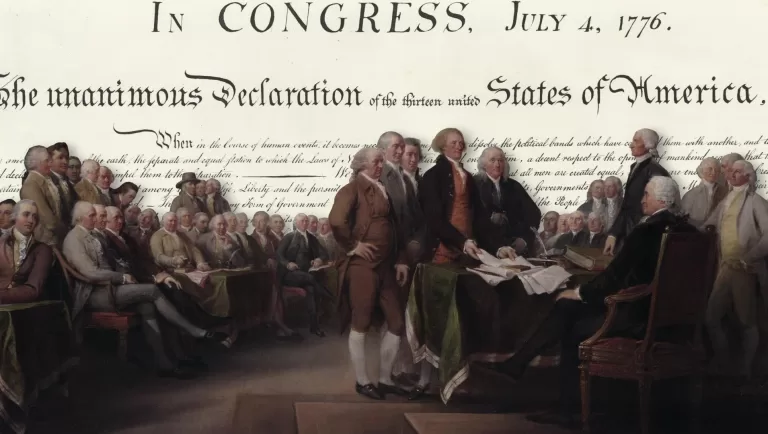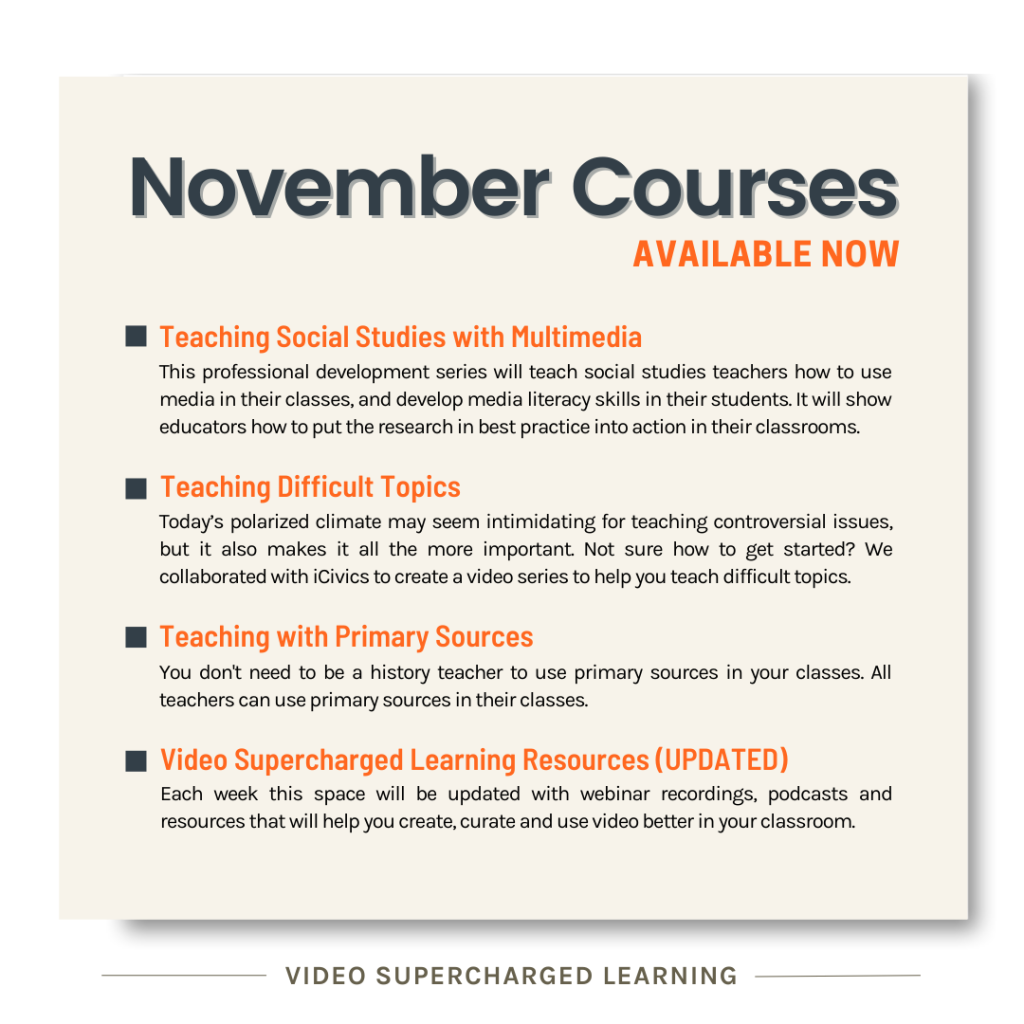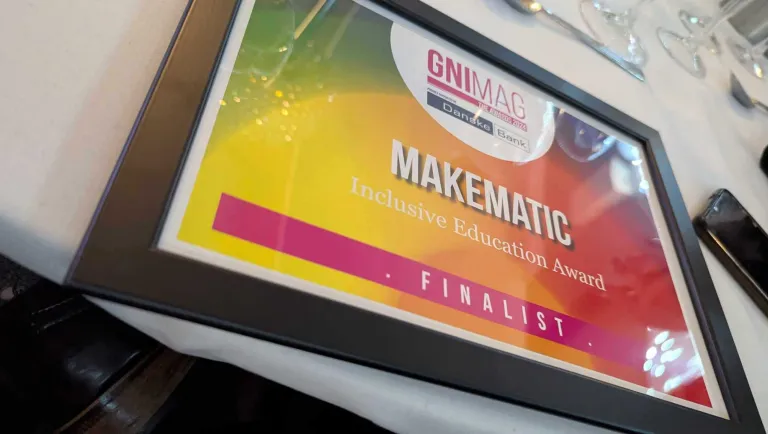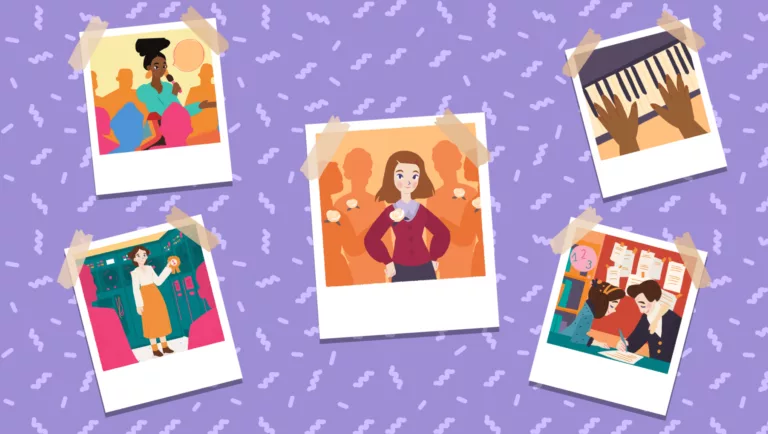
5 Types of Media Bias I Wish I Had Learned at School
Media Bias in sources blurs the line to effective writing and referencing for us all. In this blog, we will go through the main types of Media Bias that you should look out for when analyzing sources to place in your next piece of content. All it takes is one dubious source to call into question your content.
We are all content creators, from a simple, social media message we publish to the world to the journalists and video editors who present whole articles or videos for the world to consume. We are all also human beings - and with that comes flaws such as our content containing our preconceived biases; purposefully or even just subconsciously. Here are a few types of media bias that I wish I had learned about when I was at school.
Political
Politics is controversial by design; regardless of where you stand or lean on the subject. In 2017, YouGov did a survey on how people would rank British newspapers politically with the results showing that overall, people thought the majority of the leading British newspapers were right-wing.
However, we all can have a political standing and not let it create a bias within our content. If someone is very strongly for a candidate, it's fair to assume they would prefer to write a flattering piece on them instead of their rival candidates. Favoritism can be natural instinct, and it's a powerful, subjective tool that requires in-depth analysis to ascertain the reputable, factual information from the dubious.
Sensationalism
Also known as to "put a spin on" a piece of content - essentially to dramatize or even to exaggerate a story to increase viewership and engagement to ultimately improve profitability. Content creation for many is a business, and sensationalizing a story has become a modern-day trope of the news industry.
The key to breaking down the facts from the fiction comes from the source's references. It's essential we deconstruct content by their own references to see where the line to authentic digital literacy has been crossed and assumptions been made by their creator(s). The key aspect to look out for to detect sensationalism within content is whether the use of wording attempts to elicit an emotional response to its intended audience.
Advertising & Corporate
As mentioned above, news production is a business, which means there are forces present at the very top; from the Board of Directors, Shareholders to even, Advertising Sponsors. All of which have their own varying levels of power over what content can be created, and which content should be modified, altered, or removed in order to appease the higher-ups' own mission and vision statements.
Simple things such as the placement of a news story can be a result of corporate or advertising bias. Edward Bishop, Editor of Professional Tester Magazine notes that Advertisers usually pay a premium fee for early placement, and aim to place their promotional piece for their product in the places our brains are naturally drawn to.
Mainstream
Reporting what everyone else reports is a double-edged sword. It can raise more awareness to a larger audience, however more likely than not, it creates over-saturation of that documented event which can drown out stories of equal-to-more substance from getting a chance to be seen or heard.
Similarly, if a specific news topic is popular when told via a specific narrative, then alternative points of view may be rejected from being produced, as it's harder to create unique content, if it may personally offend the audience who have shown statistically to be interested in the current, trending topic and specific narrative.
Concision
Above are numerous examples of how bias can be intertwined within digital media through padding or 'puffing up' pieces, however, what if the opposite was achieved? Misinformation can be spread through the cutting-back or summarizing of a narrative event to purposefully leave out key points of view - sometimes just due to word count limitations, paint a more full, balanced perspective of the content as a whole.
According to Mental Models in 2020: "the average attention span of a reader is less than 8 seconds and many media companies have been very effective in catering to this handicap". Condense news can improve the quality of the report, by eliminating 'fluff' or unnecessary 'filler', however it can equally achieve the opposite and tell an incomplete narrative that ultimately removes the balance of effective digital media literacy, and create an equally biased perspective.
Those were just some of the leading examples of how Media Bias can be placed in news and content; physically and digitally today. However, there are numerous other types of media bias that we hope this blog inspires you to read more about.
Awareness leads to innovation, regardless of what type of content we decide to create or be inspired by, we all have a responsibility to assure what we produce for the world is non-biased, accurate, and reputable.
If you enjoyed this blog and found it useful, why not check out the 3 Reasons Why Digital Media Literacy Can Change Lives and Digital Media Literacy: How To Spot Fake News. Additionally, if you ever want to find more resources and courses similar to this, check out our community Video Supercharged Learning: a community hub dedicated to educators and education professionals around the world. Check out our newly released courses below.

Let's Work together


Makematic Finalists in Inclusive Education Award

